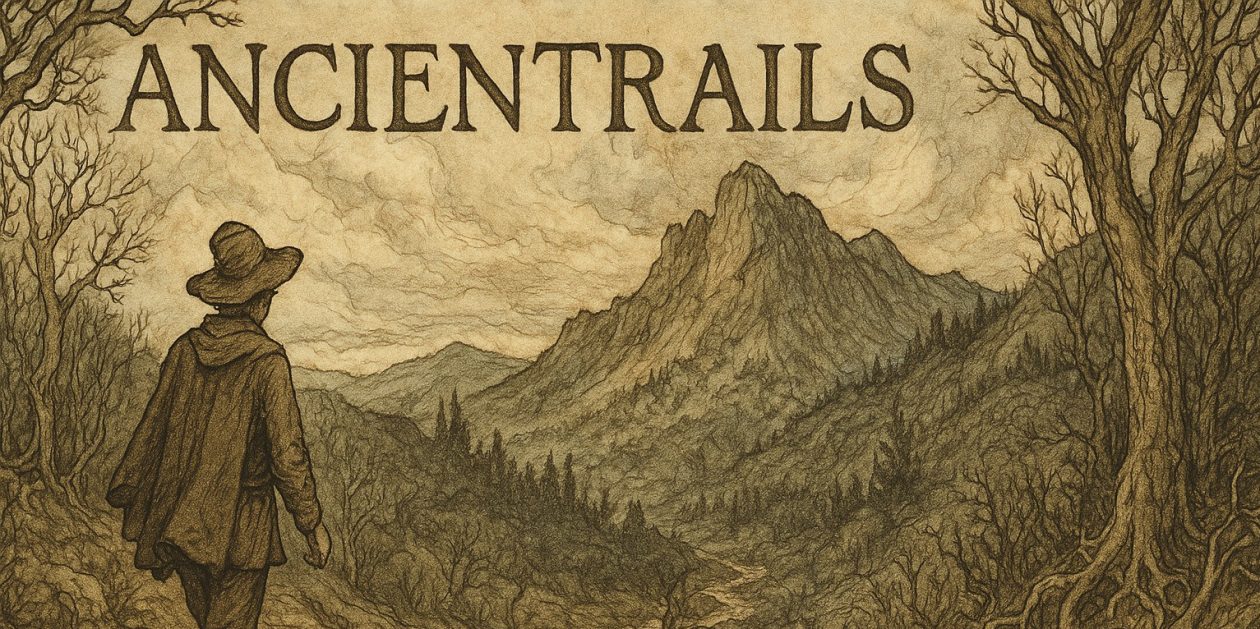Spring Moon of the Southern Cross
Amalia Glacier. At 10:00 am we came to the end of the Amalia fjord and found its creator, the Amalia Glacier lying blue and massive, its leading edge right at the water line, small growlers and the larger icebergs floating, blue, the color of captured sky.
The air temperature came down to around 40 degrees with small spits of snow as we entered the glacier’s realm, far now from the heat of Tambo Colorado or the Elqui Valley.
Still Latin America, this area has its own distinct identity, neither Amazonian rain forest or west coast arid desert. This portion of Latin America has more fellow feeling with Scandinavia, the northern US and Canada, than with the Latin America we’ve visited up to this point.
Patagonia, a region not found on any political map, begins south of the Rio Colorado in Argentina and around Punta Arenas in Chile. It means land of the big feet, a characteristic taken from early contact with natives who had large footwear.
Even today Patagonia and wilderness go together, a land largely, though not completely, uninhabitable, though not inaccessible. Many eco-tourist come to the national parks, the long stretches of mountains and plains and lakes, the glaciers and ocean. They come, many of them, seeking isolation and it can be found here.
These fjords have no towns that I can see on my maps, I’ve seen no boats, no planes, no smoke and they occupy the Chilean coast from the 42 degrees S to 54 degrees. In that large territory I can only find three dots for inhabited places and they are all on inlets that push deep into the mainland, far from the ocean and the archipelago.
As the world presses itself into denser and denser population patterns, urbanization continues to accelerate all round the world, it only makes these wild distant places more wild and more distant.
That is not to say that these wild places experience no impact from the remainder of the world. They do. Acid rain. Global climate change shrinks glaciers. Ocean currents carry mercury and other toxic materials all round the world ocean. Over fishing to feed urban markets depletes the breeding populations of ocean wild life.
Even so places like the Chilean fjords and much of Patagonia will, I imagine, remain wild. Their geographical features like mountains and fjords and lakes will survive even dramatic environmental changes. The flora and fauna may not, but some flora and some fauna will come to fill in the emptied gaps in eco-systems. Patagonia and its lands will always be distant, always be forbidding, just like the high mountains of South Asia, the massive forests of Siberia and the rugged Alaskan wilderness.
We need these wild places for we are animals born of the wild places. In our deep minds we remember the vast, the tractless, the forbidding, the uninhabitable because we once tried to live there.
Sometimes we modified the wilderness, look at the United States, Europe, China, South and South East Asia. Sometimes we passed through it on our way elsewhere. Always though our deep minds were made to cope with its challenges and to see to our survival there. With no wild places an essential part of our specie’s memory would go dark as it gradually had no place to replenish.
Like the fresh water from the Amalia Glacier flows out to the Pacific through these fjords, so the story of human evolution courses through the geographical regions, the terra firma which makes up only 1/3rd of our blue planet, and washes up against the shore of current life, carrying with it the hard won lessons of our kind.
